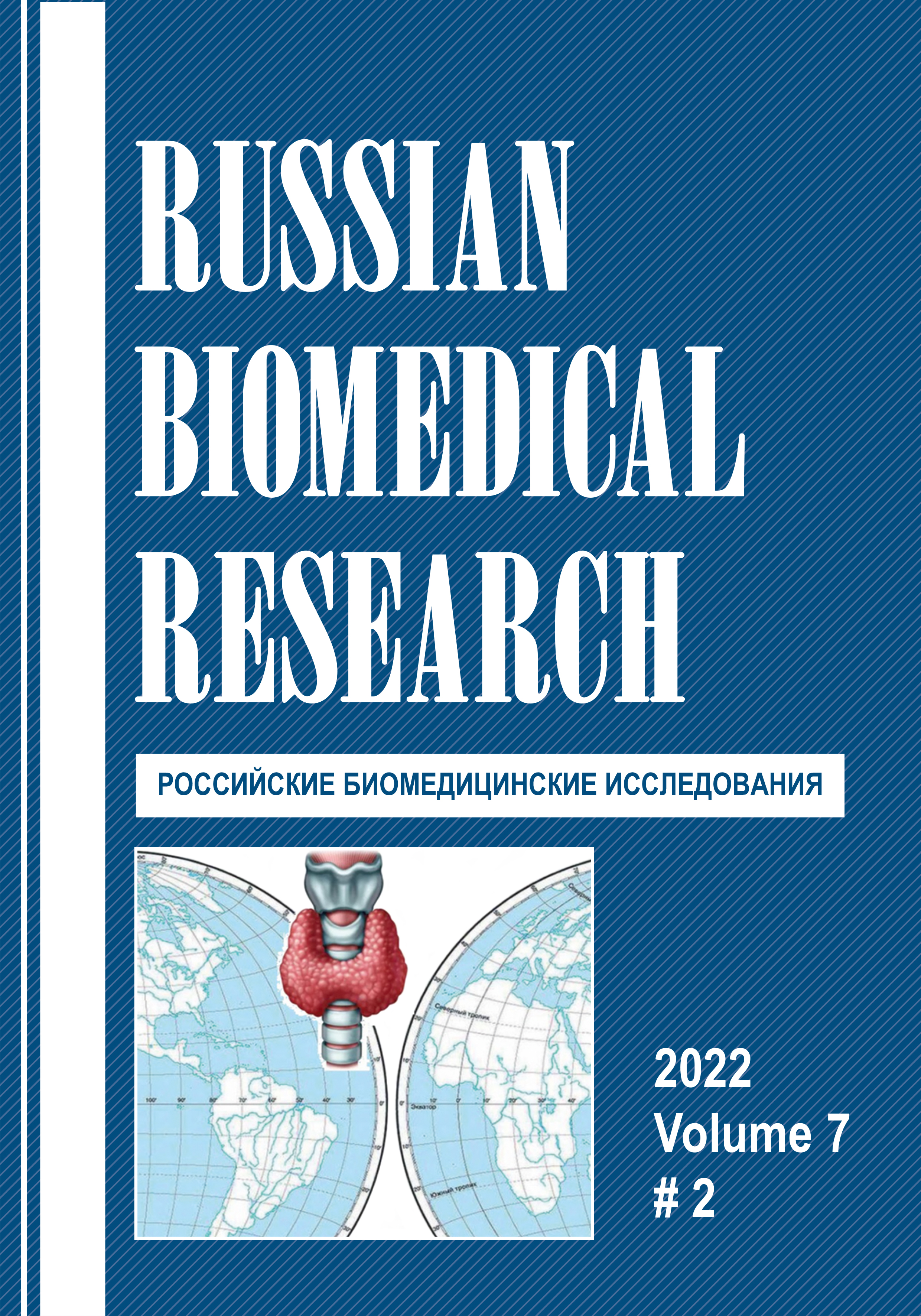КЛЕТЧАТОЧНЫЕ ПРОСТРАНСТВА ЖЕНСКОГО МАЛОГО ТАЗА
Аннотация
В статье подробно рассмотрены топографо -анатомические соотношения между костями, мышцами, сосудами и нервами и их участие в формировании клетчаточных пространств малого таза женщин. Целостное понимание строения таза женщины, а также синтопии органов малого таза и иннервации с кровоснабжением помогает акушерам -гинекологам правильно и безопасно проводить манипуляции в данной топографической области. Их тесная взаимосвязь и четкое представление о содержимом предоставляют возможность для хирургической бригады добиться желаемого успеха даже при малоинвазином доступе. Сложность изучения этой темы заключается в дефиците и неактуальности информации. Исходя из современных классификаций, полость малого таза разделяется на брюшинный, подбрюшинный и промежностный отделы. Соответственно каждому отделу рассмотрены клетчаточные пространства, которые в свою очередь разделяются на париетальные и висцеральные. Следует понимать, что каждое клетчаточное пространство имеет взаимосвязь не только с полостью таза, но и с другими топографическими областями (брюшная полость, передняя и задняя поверхности бедра). По итогам изучения литературных источников, а также оперативных вмешательств, был составлен план строения клетчаточных пространств малого таза женщины, представленный в статье



